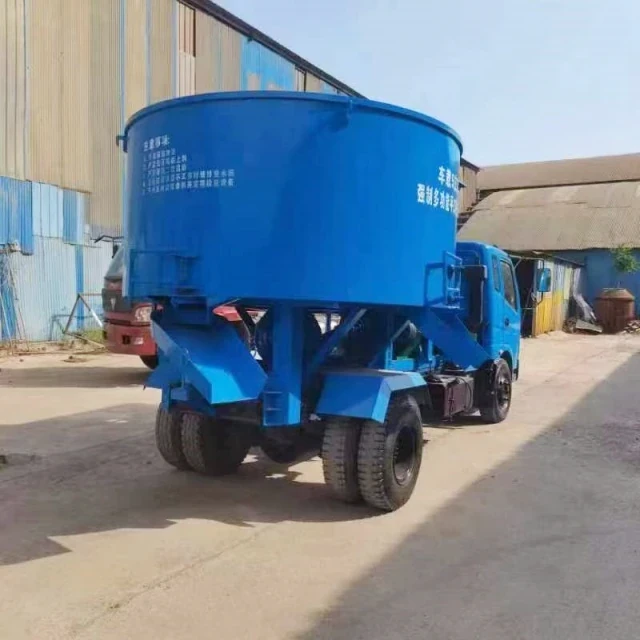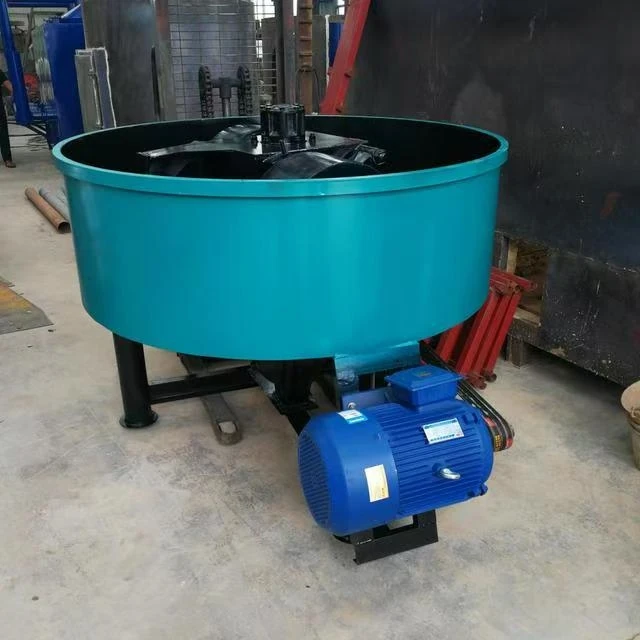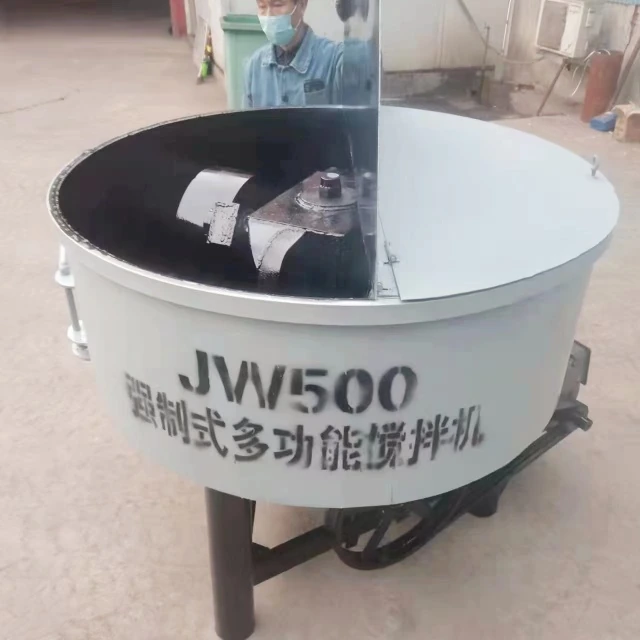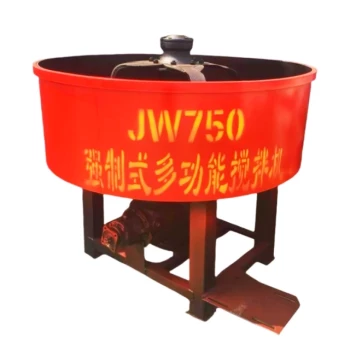Industrial operators constantly seek equipment that balances performance with cost efficiency—especially in maintenance-heavy sectors like construction and food processing. Flat-mouth mixers stand out by integrating structural innovations that directly reduce downtime, repair complexity, and lifetime operational expenses. Here’s how their design translates into tangible savings.
Flat-Mouth Mixer Structural Advantages for Maintenance
Key Design Features Simplifying Repairs
Flat-mouth mixers eliminate common pain points of traditional mixers through three core innovations:
-
Reduced Material Buildup
The angled, flat discharge opening prevents concrete or slurry accumulation during mixing—a major cause of wear in conventional drum designs. This minimizes abrasive damage to internal components. -
Faster, Cleaner Unloading
The wide-mouth design enables rapid discharge without residue clinging to surfaces. Operators spend less time manually clearing blockages or disassembling parts for cleaning. -
Reinforced Frame Construction
Robust steel supports around the mixing chamber absorb vibration stress, reducing cracks or joint fatigue over time.
Ever wondered why some mixers need weekly part replacements while others run for months? The answer lies in these foundational design choices.
Material Durability and Wear Resistance
High-grade abrasion-resistant steel lines critical contact zones (e.g., discharge gate hinges, mixing blades). Case hardening extends component lifespans by 40–60% compared to standard carbon steel, as observed in field tests by industrial manufacturers.
Streamlined Maintenance Procedures
Step-by-Step Cleaning Best Practices
-
Post-Use Rinse Protocol
- Flush the mixer with water immediately after unloading to prevent material hardening.
- Use low-pressure nozzles to avoid damaging seals.
-
Monthly Deep Inspection
- Check blade edges for uniform wear (uneven patterns suggest alignment issues).
- Lubricate discharge gate mechanisms with high-temperature grease.
-
Annual Overhaul
- Replace wear plates if erosion exceeds 3mm depth.
Common Fault Diagnosis and Prevention
| Symptom | Likely Cause | Preventive Measure |
|---|---|---|
| Leaking discharge gate | Worn seal or misalignment | Quarterly seal inspections |
| Unusual vibrations | Loose blade bolts | Torque checks every 200 hrs |
Did you know 70% of mixer failures stem from preventable lubrication or alignment issues?
Real-World Impact on Operational Efficiency
Case Study: Reduced Downtime in Food Processing
A Midwest U.S. plant switching to flat-mouth mixers reported:
- 50% fewer maintenance hours/month (from 40 to 20) due to easier cleaning.
- Zero unplanned downtime over 18 months—previously averaged 3–5 days/year for drum repairs.
Cost Comparison with Other Mixer Types
| Cost Factor | Flat-Mouth Mixer | Traditional Drum Mixer |
|---|---|---|
| Annual part replacements | $1,200 | $3,800 |
| Labor hours/year | 45 | 120 |
| Avg. lifespan | 10 years | 6 years |
Conclusion: Smart Design Equals Long-Term Savings
Flat-mouth mixers exemplify how intentional engineering cuts costs—not through exotic materials, but by solving real-world maintenance hurdles. For industries prioritizing uptime, their streamlined upkeep and durability make them a fiscally sound choice.
Actionable Takeaway:
When evaluating mixers, prioritize designs with:
- Minimal internal crevices (reduces cleaning time)
- Modular components (enables quick part swaps)
- Proven abrasion resistance (extends service intervals)
For operations relying on winch and construction machinery, integrating maintenance-optimized equipment like flat-mouth mixers ensures projects stay on schedule and budget.
Related Products
- Ready Mixer Machine for Construction Ready Mix Machinery
- Commercial Construction Mixer Machine for Soil Cement Mixing Concrete
- Auto Concrete Cement Mixer Machine New
- JDC350 Small Cement Concrete Mortar Mixer
- HZS90 Large Multiquip Concrete Mixers for Construction
Related Articles
- Optimizing Concrete Mixer Safety: How Proactive Tire and Suspension Maintenance Prevents Catastrophic Failures
- How to Choose the Right Concrete Type for Every Construction Challenge
- How to Classify and Resolve Concrete Mixer Hazards with Compliance
- How to Test Concrete Mixer Brake Systems for Optimal Safety and Compliance
- How to Conduct OSHA-Compliant Concrete Mixer Inspections: A Safety-First Checklist






















